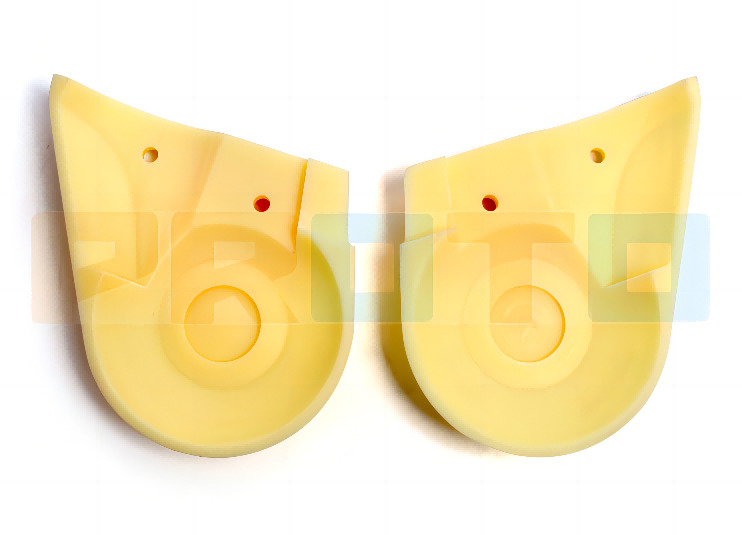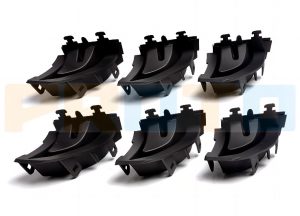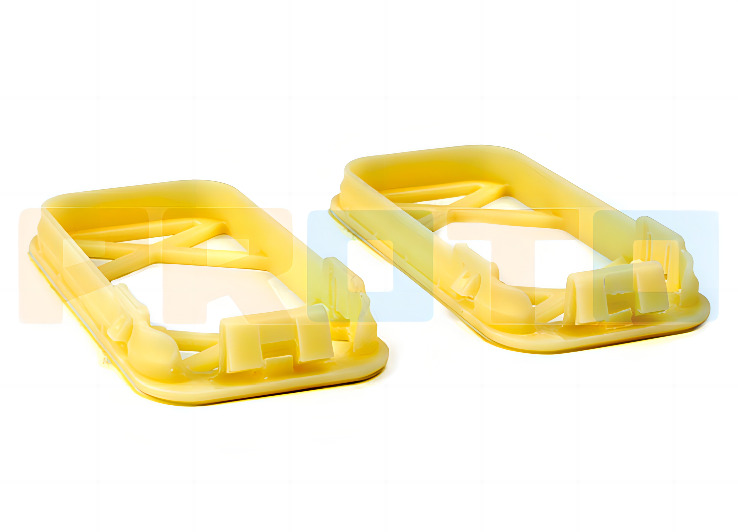What problems should be paid attention to when designing urethane casting parts?
Urethane casting is a popular method for producing high-quality parts made from polyurethane. The process involves pouring polyurethane into a silicone mold, creating custom components with a high level of accuracy. Urethane casting parts are widely used in various industries, including automotive, medical, and electronics. However, during the design of these parts, some specific problems should be considered, from materials selection and mold design to manufacturing and quality control. In this essay, we will discuss critical problems that designers should focus on when designing urethane casting parts.

Materials Selection
Material selection is a vital consideration in the design of urethane casting parts. Designers must select the appropriate type of polyurethane material that suits the application of the part. There are different types of polyurethane materials available, including standard, high-performance, and elastomeric materials. Each type of polyurethane material has unique properties that determine its application.
For example, harder polyurethane materials should be used for mechanical parts that require strength and durability in heavy-duty applications, while softer, flexible polyurethane materials should be used for applications that require impact resistance.

Mold Design
Another critical problem to consider in designing urethane casting parts is mold design. The quality of the mold directly affects the final product’s quality, accuracy, and strength. Poor mold design could lead to discrepancies between the prototype and the final product, resulting in costly production problems and errors.
It’s essential to ensure that the mold design is consistent with the type and condition of the polyurethane material used, the volume of the casting part, cooling time, and the tolerance range of the final part. Consideration should be given to factors that could affect the quality of the mold, such as undercuts, draft angles, and gating systems.
Manufacturing
The manufacturing process is another crucial aspect of urethane casting design that should be well thought-out. Designers should consider the production method, equipment, and workstation processes. Operators must be provided with clear instructions and guidelines for the manufacturing process. This process entails mixing the urethane resin materials, pouring them into the mold, and curing the final product.
Poor handling of the material or incorrect mixing ratio of the resin material could affect the product’s quality, leading to defects and performance issues. It’s critical to ensure that the manufacturing process follows set guidelines, and protocols are in place to ensure quality control at all stages of production.
Environmental Factors
Environmental factors are also an essential consideration when designing urethane casting parts. The conditions under which the casting is processed can affect the quality of the final product. Factors such as temperature, humidity, pressure, and light exposure can all affect urethane casting’s mechanical and chemical properties.
For example, temperature can affect the curing time, while humidity level influences the urethane’s moisture absorption rate. Excessive exposure to UV light can result in discoloration and degradation of the urethane. To avoid these issues, designers must account for environmental factors during the design phase and ensure that suitable storage and transportation protocols are implemented.
Quality Control
Quality control must be considered at every stage of urethane casting parts design. From the material selection, mold design, manufacturing, to finishing and packaging, an adequate quality control process ensures that each part meets the required specifications and standards. This process employs testing and inspection protocols, sampling, and statistical analysis to ensure that the product meets customer expectations.
Designers should establish quality control guidelines specific to the urethane casting parts produced and implement processes that can detect and address any defects or issues before the final product is shipped to the customer. This protocol will help reduce waste and ensure that production costs remain low.



Conclusion
In conclusion, designing urethane casting parts requires careful consideration of several factors that could significantly impact the final product’s quality and production cost. Some of the critical problems that must be considered during the design phase include material selection, mold design, manufacturing, environmental factors, and quality control. Designers must account for these factors to ensure that the produced parts meet customer requirements, are cost-effective, and are produced within the required timeframe. When these factors are adequately addressed, the urethane casting process will result in highly accurate, durable, and cost-effective components that meet the exact specifications of each client.